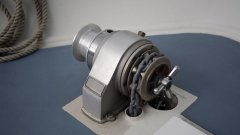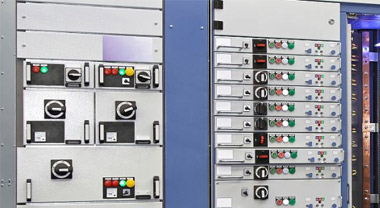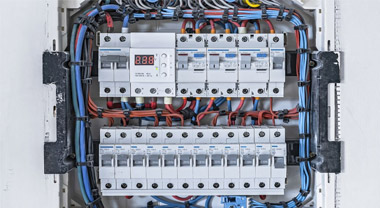How do I know if my breaker is 15 or 20 amp?
In this comprehensive guide, we'll discuss how to determine if your circuit breaker is a 15-amp or a 20-amp breaker. By understanding the differences between these breakers and knowing how to identify them, you can ensure the proper functioning and safety of your electrical system. Let's get started!
Table of Contents
- The Importance of Circuit Breaker Ratings
- Visual Inspection: Identifying Breaker Amp Ratings
- Inspecting the Wire Gauge
- Understanding Breaker Types
- When to Consult a Professional Electrician
- Summary
1. The Importance of Circuit Breaker Ratings
Circuit breakers play a crucial role in protecting your home's electrical system from overload and short circuits. Each breaker is designed to handle a specific amount of electrical current, measured in amperes (amps). It's essential to know your breaker's amp rating to ensure it's suitable for the circuit it protects and to avoid potential electrical hazards.
Common circuit breaker ratings include 15-amp and 20-amp breakers, which are typically used for general lighting and receptacle circuits in residential settings. Using the correct amp rating for your breaker is crucial to prevent overloading, which can lead to overheating, electrical fires, and other dangerous situations.
2. Visual Inspection: Identifying Breaker Amp Ratings
The easiest and most straightforward method to determine if your breaker is 15-amp or 20-amp is by visually inspecting it. Here's how:
- Locate your electrical panel, which is usually found in the basement, garage, or utility room.
- Open the panel door to access the circuit breakers. Remember, you don't need to touch or remove any breakers for this step.
- Look for a number printed or embossed on the breaker's handle, which indicates the breaker's amp rating. A 15-amp breaker will typically have the number "15" on it, while a 20-amp breaker will have the number "20."
Note that different breaker manufacturers may use different styles and fonts, but the amp rating will always be clearly marked on the breaker's handle.
3. Inspecting the Wire Gauge
If you're unable to identify the amp rating of your breaker through visual inspection or want to confirm the rating, you can also check the wire gauge connected to the breaker. Here's how:
- Turn off the main breaker to de-energize the electrical panel and ensure your safety.
- Remove the panel cover to access the wiring connected to the breakers.
- Identify the wire connected to the breaker in question.
- Check the wire's insulation for markings that indicate its gauge (AWG). The American Wire Gauge (AWG) system is used to classify wire sizes.
Typically, a 15-amp breaker uses 14 AWG wire, while a 20-amp breaker uses 12 AWG wire. However, larger wire gauges can also be used with lower amp breakers, so this method is best used as a secondary confirmation rather than a primary identification tool.
4. Understanding Breaker Types
While identifying the amp rating of a breaker is essential, it's also helpful to understand the different types of circuit breakers available:
- Single-pole breakers: These breakers protect one energized wire and are commonly used for 120-volt circuits. They're available in various amp ratings, including 15-amp and 20-amp.
- Double-pole breakers: These breakers protect two energized wires and are used for 240-volt circuits, such as electric dryers, stoves, or air conditioners. They typically have higher amp ratings, ranging from 15-amp to 50-amp or more.
- Ground Fault Circuit Interrupter (GFCI) breakers: These breakers provide additional protection against ground faults by monitoring the electrical current flow and tripping when an imbalance is detected. GFCI breakers are required for certain areas, such as bathrooms, kitchens, and outdoor receptacles.
- Arc Fault Circuit Interrupter (AFCI) breakers: These breakers protect against arcing faults that can lead to electrical fires by detecting abnormal electrical arcs and tripping the circuit. AFCI breakers are required for certain circuits in residential settings, such as bedrooms and living areas.
Knowing the different types of breakers and their purpose can help ensure you're using the appropriate breaker for each circuit in your home.
5. When to Consult a Professional Electrician
If you're unsure about the amp rating of your circuit breaker, have concerns about the wiring, or need to replace or upgrade a breaker, it's best to consult a professional electrician. Licensed electricians have the knowledge, experience, and tools to handle electrical work safely and efficiently, ensuring your home's electrical system is up to code and functioning correctly.
6. Summary
To determine if your breaker is 15-amp or 20-amp, start by visually inspecting the breaker's handle for a printed or embossed number. If you need additional confirmation or can't find the amp rating, check the wire gauge connected to the breaker. Remember that a 15-amp breaker typically uses 14 AWG wire, while a 20-amp breaker uses 12 AWG wire. Always prioritize safety when working with electrical systems, and consult a professional electrician if you're uncertain or have concerns about your home's electrical components.




